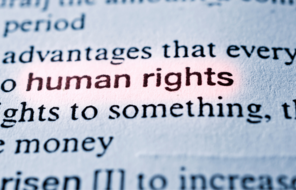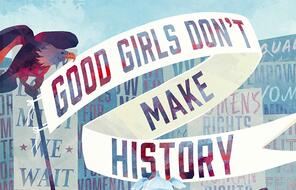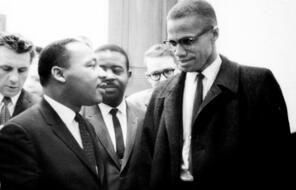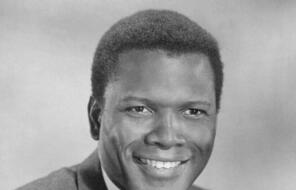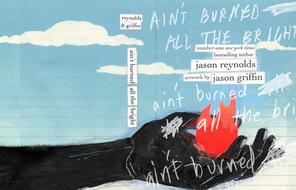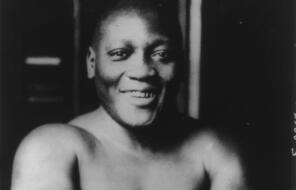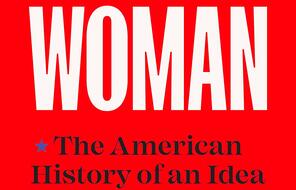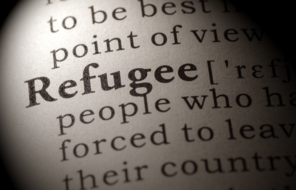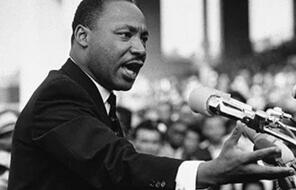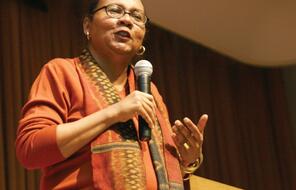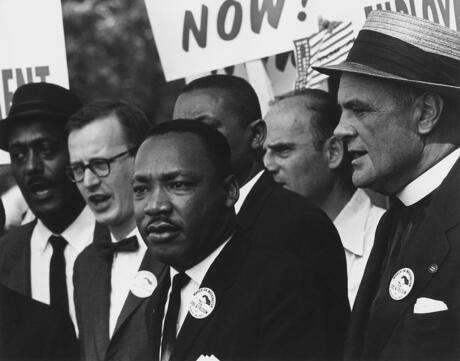
9 Resources for Teaching about MLK's Legacy
This Monday, we will celebrate Martin Luther King, Jr.’s transformative life and legacy. The day provides an important opportunity for students to study the Civil Rights Movement in the United States, as well as our country’s continuing struggle to create a more just society and representative democracy. Here are 9 Facing History resources that can help you reflect on your own teaching practices, teach the history of the Civil Rights Movement, and explore contemporary issues around racial justice and democracy in the United States.
Create a “Beloved Community” in Your Classroom
This Martin Luther King, Jr. Day, we invite you to reflect not only on what you teach, but also how you teach. Late civil rights activist John Lewis described a “Beloved Community” as “an all-inclusive, truly interracial democracy based on simple justice, which respects the dignity and worth of every human being.” How can we as educators help our students form inclusive communities where every person is respected?
In this blog post, Facing History staff member Dr. Steve Becton reflects on how he navigates his own identity as a Black man and father when facilitating conversations on racism and police violence, and he suggests five key practices to educators for bringing the “Beloved Community” into their own classrooms.
This guide offers additional suggestions for how to design a classroom where students develop knowledge, skills, and informed civic responsibility while also inviting students into conversations that are emotionally engaging, intellectually challenging, and relevant to their own lives.
Explore the History of the Civil Rights Movement
These resources can help you teach about key moments in the Civil Rights Movement, including Dr. Martin Luther King Jr.’s life and legacy.
- Memphis 1968 (Unit)
The life and legacy of Dr. Martin Luther King Jr. remains relevant 50 years after his assassination in 1968. The lessons and resources below help educators and community members explore the issues that Dr. King raised in Memphis, and ask the question, "What is the role of civic engagement in a healthy democracy?"
Individuals, groups, and nations have responded to injustice throughout history. The purpose of these lessons is to help students understand the philosophy and practice of nonviolence, explore how it played out during various moments in the Civil Rights Movement, and understand how the philosophy and practice of nonviolence can inform contemporary struggles against injustice and violence. This unit accompanies the documentary series Eyes on the Prize, which you can stream on HBO Max or purchase through Amazon Prime Video.
- The 1963 Chicago Public School Boycott (Teaching Idea)
The history of racial segregation in western and northern cities is an often overlooked topic in the study of American history. In these cities, many factors—including social custom, federal and local housing policies, and real estate practices such as restrictive covenants, blockbusting, and contract selling—contributed to residential and school segregation. While there are important commonalities between the North and the South, including the presence of racial animus and acts of racial terror, the history of segregation looks different from either side of the Mason Dixon line. This Teaching Idea uses one episode of student activism, the 1963 Chicago Public Schools Boycott, as an entry point into this complex history.
Examine Current Struggles for Racial Justice
We live in a society in the United States that continues to struggle with structural racism and inequality. These current events Teaching Ideas can help you raise questions on current events with your students that relate to the work of Dr. Martin Luther King, Jr.
- The Hope and Fragility of Democracy in the United States (Mini-Lesson)
Throughout US history—from the abolitionist movement, to Civil Rights Movements, to the current movement for Black lives—activists have held up the democratic ideals enshrined in the Constitution and used them to expand civil and political rights. However, the history of the United States is not a simple story of steady progress toward a more perfect democracy. From our founding, there have been those who have violently resisted equality and have used their power to restrict rights and participation. In this Teaching Idea, students learn about the history of democratic and anti-democratic efforts in the United States and examine a series of sources that illuminate this tension from Reconstruction to today.
The ongoing deaths of Black people at the hands of law enforcement have fueled a national reckoning aimed at confronting systemic racism in policing, the disproportionate use of excessive force against Black Americans, and more broadly, the history of racial injustice in the United States. This series of Teaching Ideas is designed to help students think critically about the long and troubling history between law enforcement and Black Americans. Use these Teaching Ideas to help your students bring a historical lens to these complex issues, engage with nuanced sources that reflect a range of experiences with policing, and consider ways to build a society that ensures the safety of all people.
- Voting Rights in the United States (Mini-Lesson)
Elections are crucial to democracy, ensuring people a voice in their government. Throughout US history, different groups of Americans have fought for the right to vote, both because this right is crucial for participating in democracy and because the right to vote is symbolic of the right to belong in the nation. In this Teaching Idea, students reflect on how voting laws in different states impact voters today, as well as learn about the history of voting rights and the impact of the Supreme Court’s 2013 decision in Shelby County v. Holder.
- Art, Imagination, and the Quest for Racial Justice (Mini-Lesson)
Art has been a powerful tool in the Black Lives Matter movement because it has the power to change how we perceive ourselves, how we think about belonging and representation, and how we imagine the future. This Teaching Idea helps students learn about the power of art as a tool for social change and the ways in which artists and activists use artworks—including poetry, photography, murals, music, and dance—in the fight for racial justice in the United States.
Facing History invites educators to use our teaching unit Memphis 1968 in the classroom.
Don't miss out!
- download classroom materials
- view on-demand professional learning
- and more...

